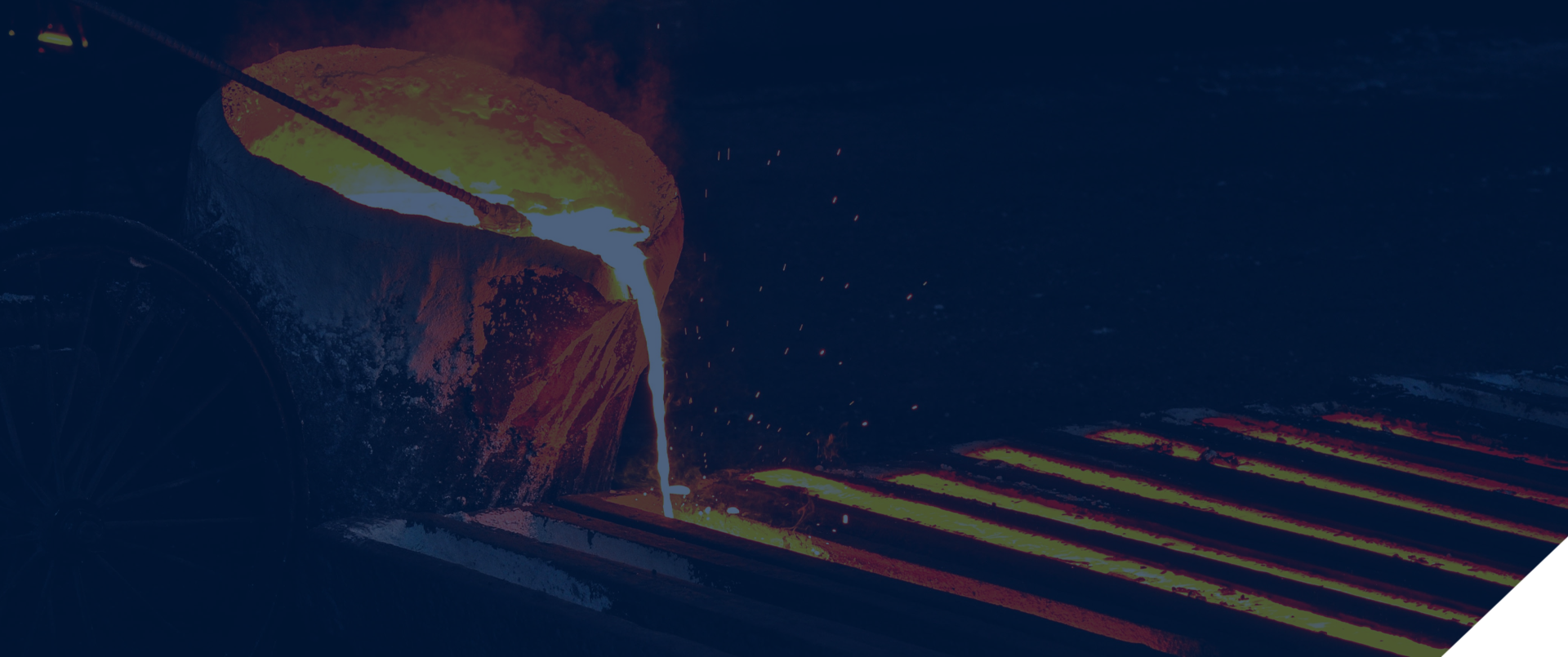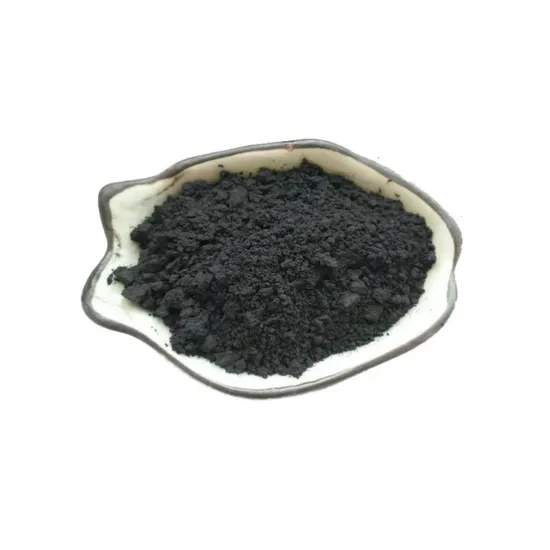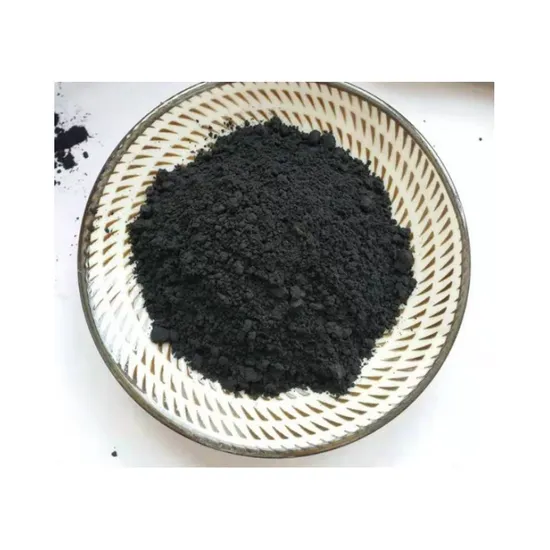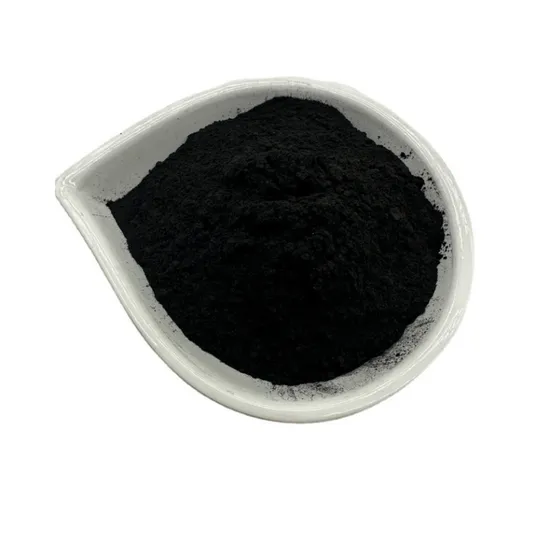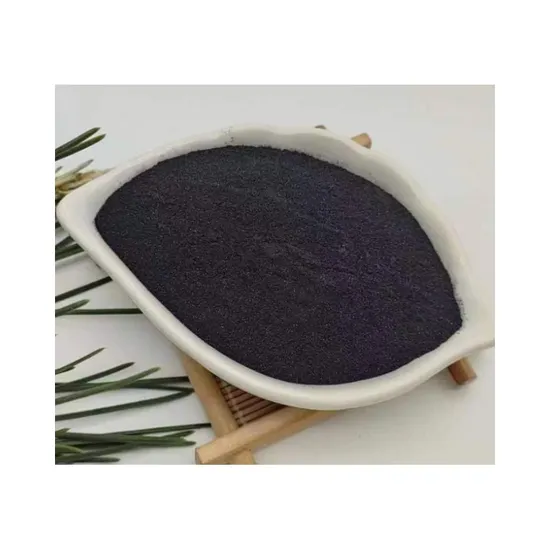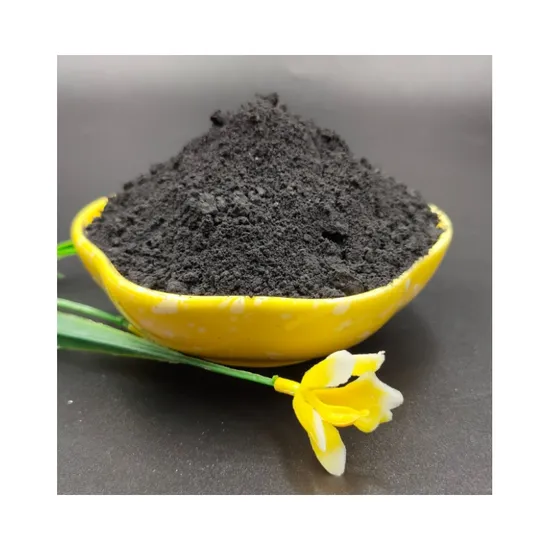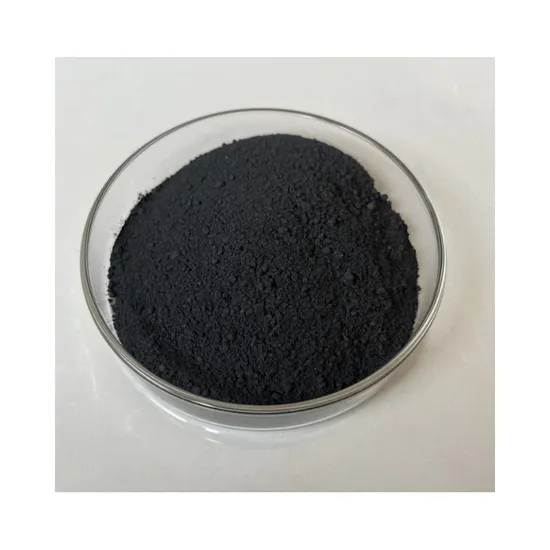- Englist


Graphite powder is a fine, black powder composed of pure carbon with a layered, crystalline structure. It is known for its excellent electrical conductivity, high thermal resistance, and natural lubricating properties. The powder is lightweight, chemically stable, and resistant to high temperatures, making it ideal for a wide range of industrial applications such as lubricants, batteries, conductive coatings, and metallurgy. Its high purity and fine particle size ensure consistent performance in precision manufacturing and high-tech industries. Graphite powder is also non-toxic and environmentally friendly, offering a safe and efficient solution for various technical uses.
What Is Graphite Powder Used For?
Graphite powder is a versatile material used across a wide range of industries due to its unique physical and chemical properties. One of its primary applications is as a dry lubricant in machinery, where it reduces friction and wear without the need for oils or greases. In the electronics industry, graphite powder is valued for its excellent electrical conductivity and is used in batteries, conductive paints, and electromagnetic shielding materials.
In metallurgy, graphite powder serves as a mold release agent in metal casting and as an additive in refractory materials due to its high thermal resistance. It is also used in the production of crucibles, electrodes, and brake linings. In the chemical industry, graphite powder is involved in the manufacturing of lubricants, sealants, and corrosion-resistant coatings.
Additionally, it plays a role in art and education, being a key component in pencils and artist materials. Its stability, non-toxicity, and heat resistance make graphite powder a practical choice for applications in aerospace, nuclear energy, and even advanced 3D printing technologies. Its multifunctionality continues to support innovation in both traditional and emerging technologies.
How Do You Make Graphite Powder At Home?
To make graphite powder at home, you can start with a graphite rod or pencil lead (made of graphite and clay). Use sandpaper or a metal file to gently grind the graphite into fine particles. Collect the powder in a clean container. For a finer texture, you can place the ground graphite in a mortar and pestle and grind it further.
Be sure to wear a mask to avoid inhaling the fine dust, and work in a well-ventilated area. If you need ultra-fine powder, sift it through a fine mesh screen. This homemade graphite powder can be used for lubrication, art, or science experiments, but it's not pure enough for advanced industrial or battery use.
